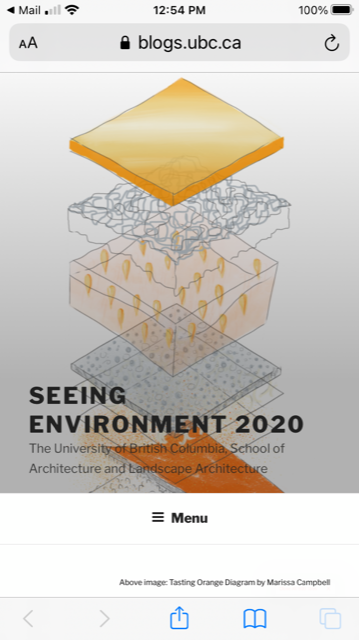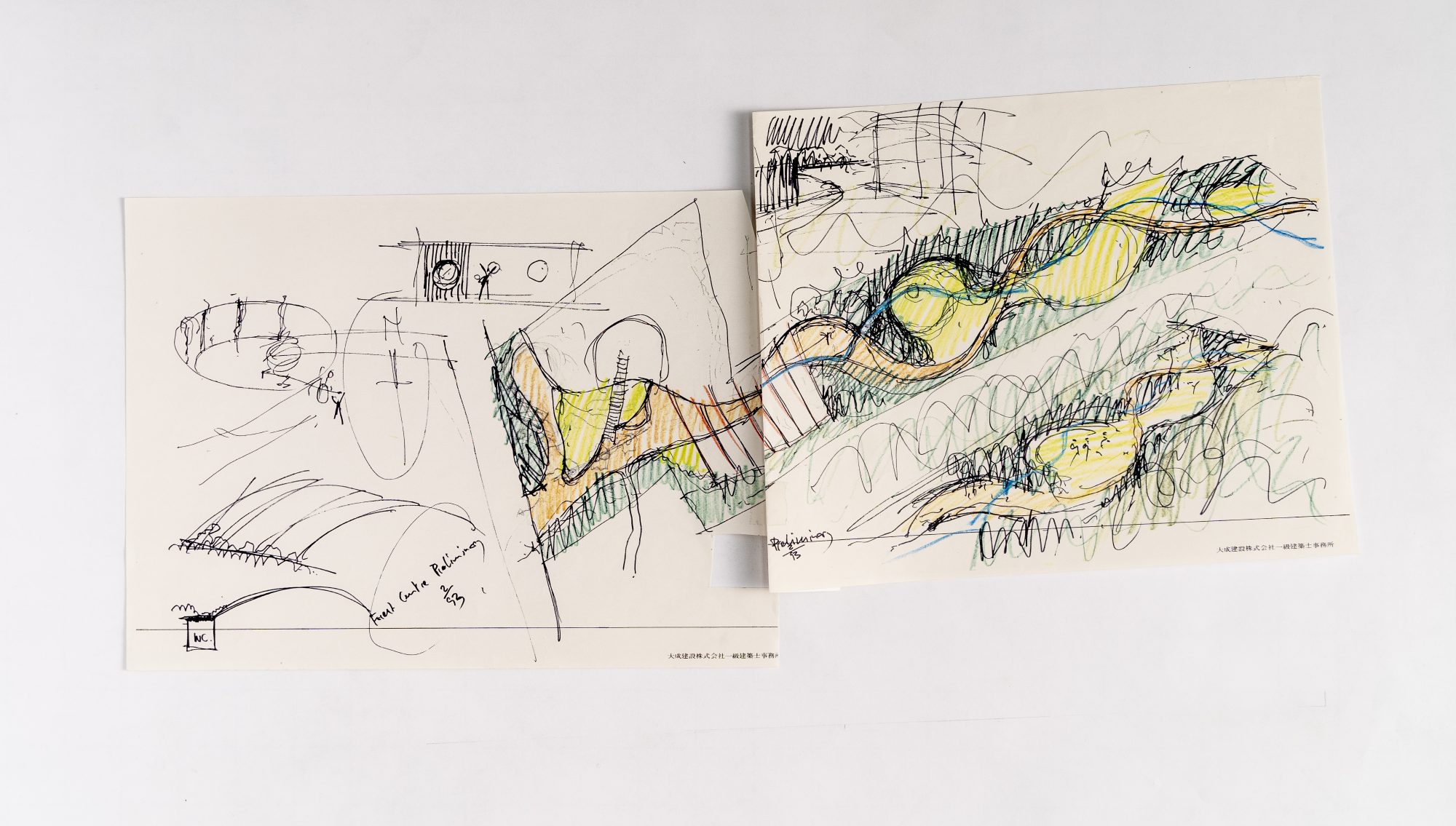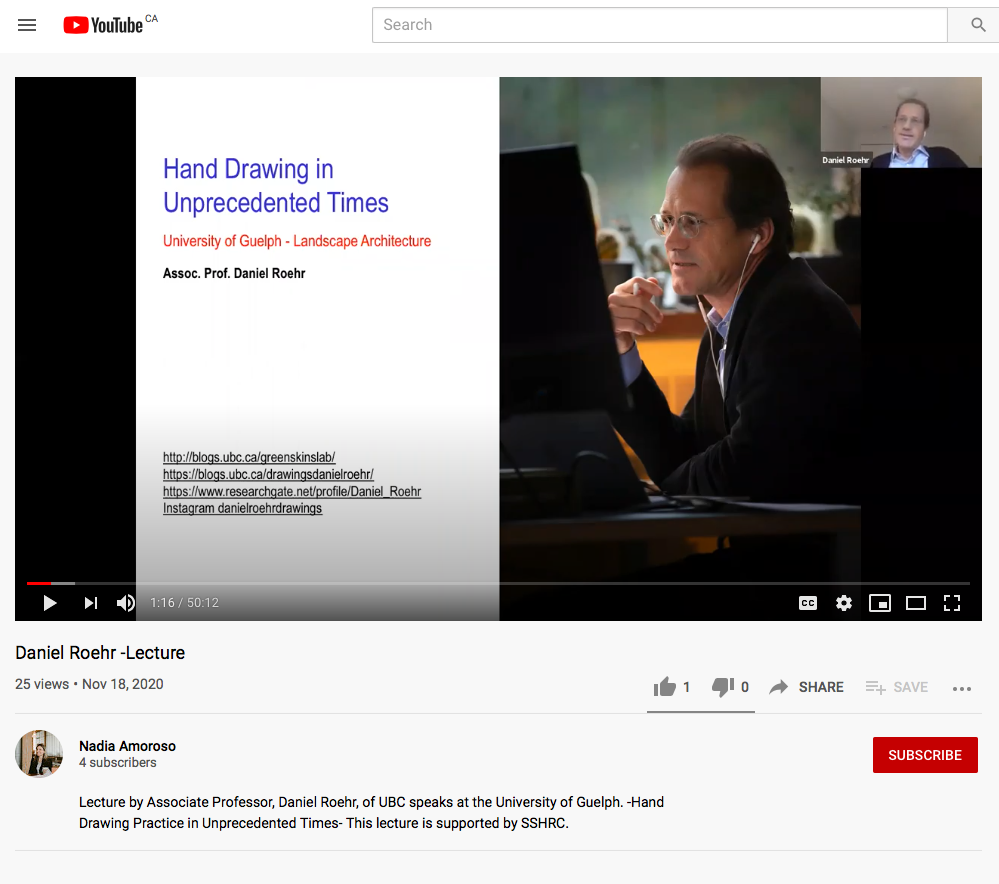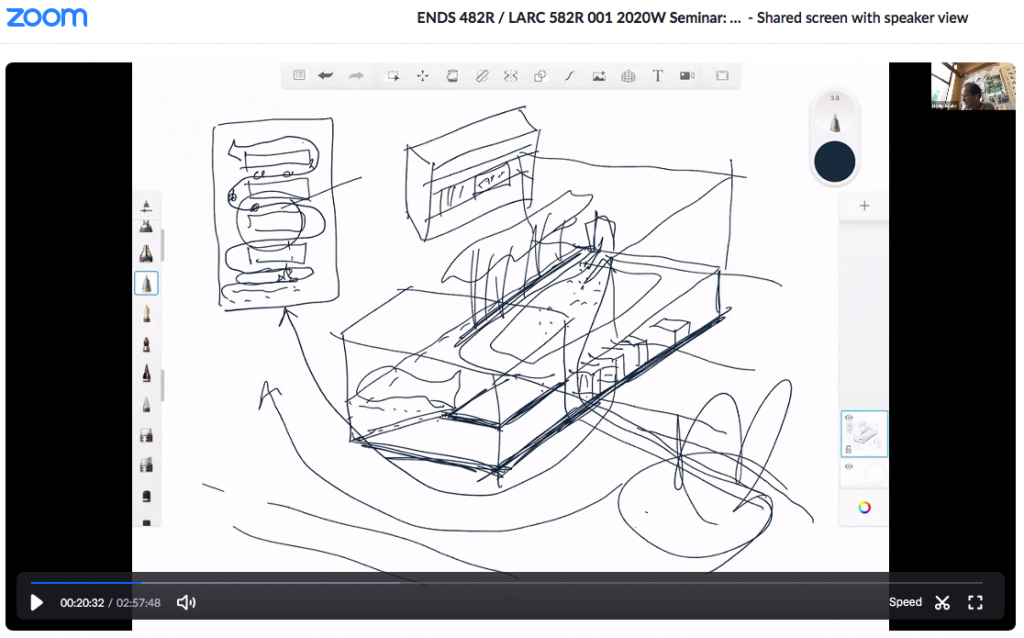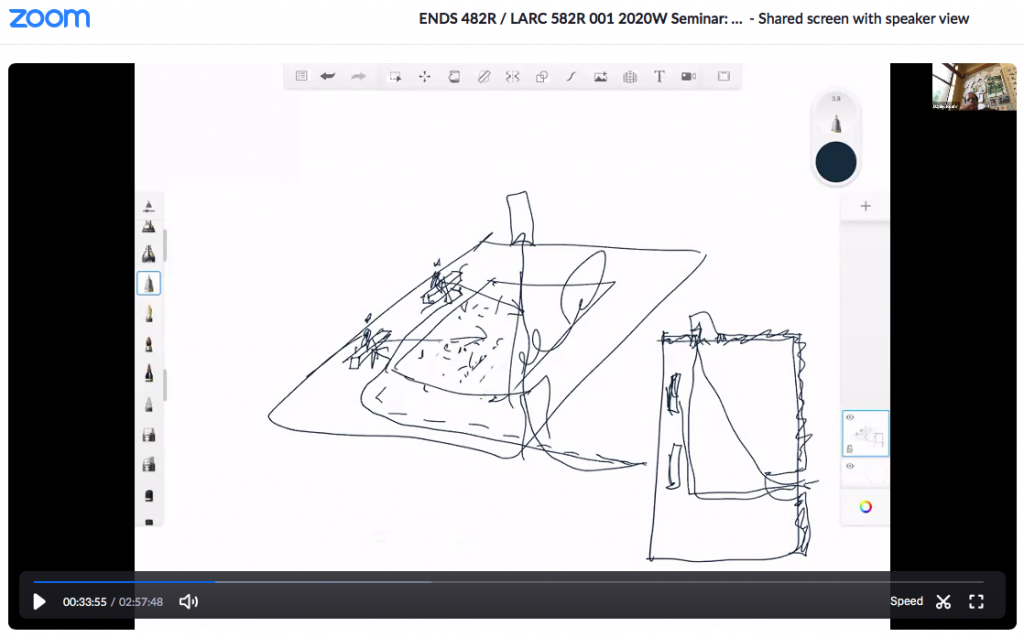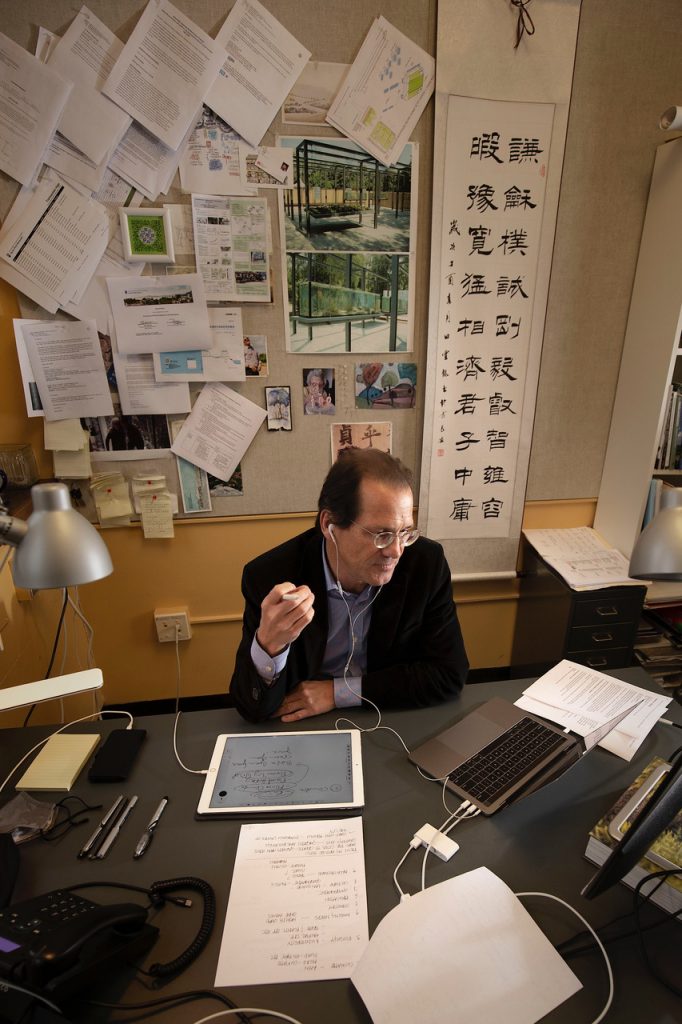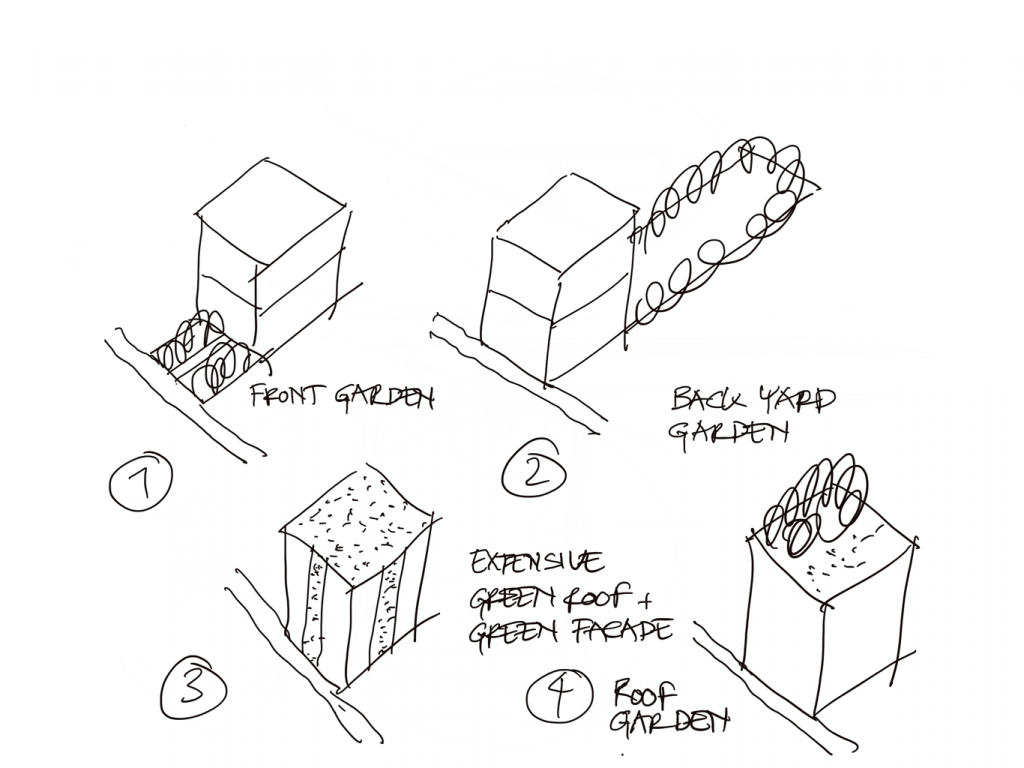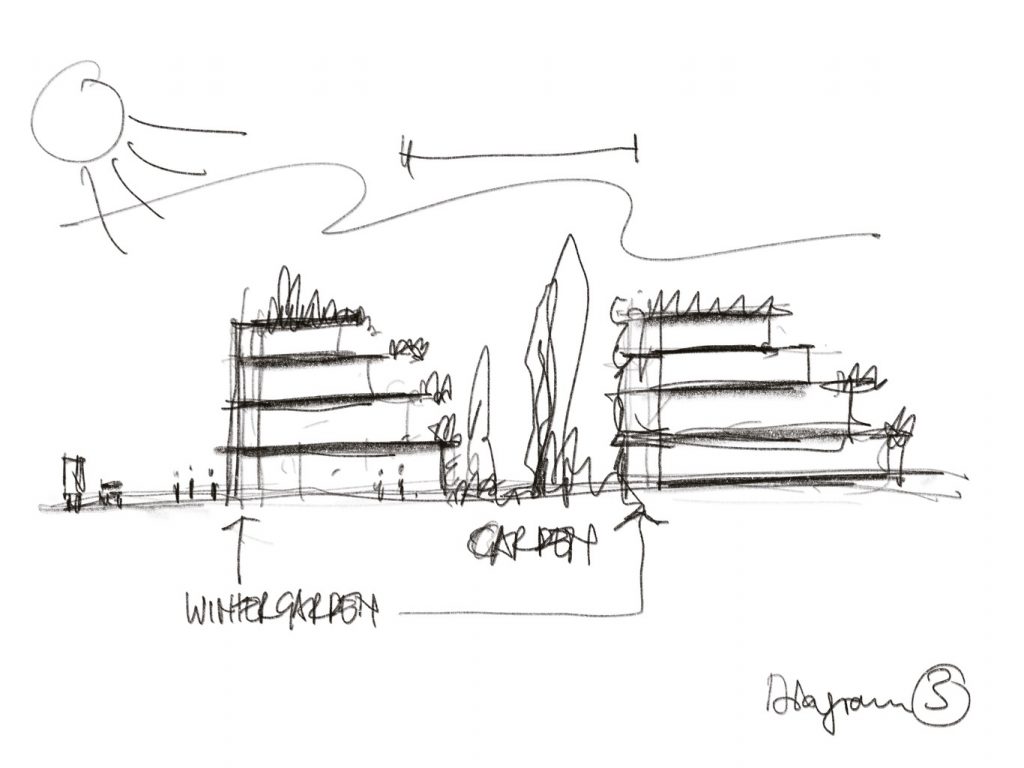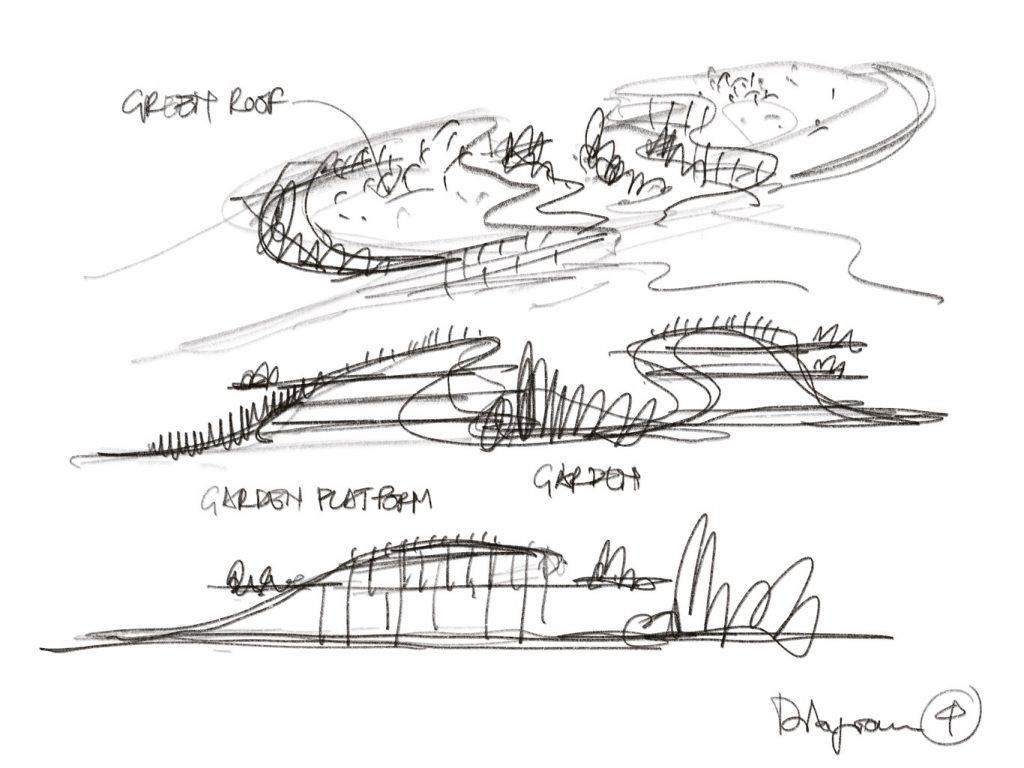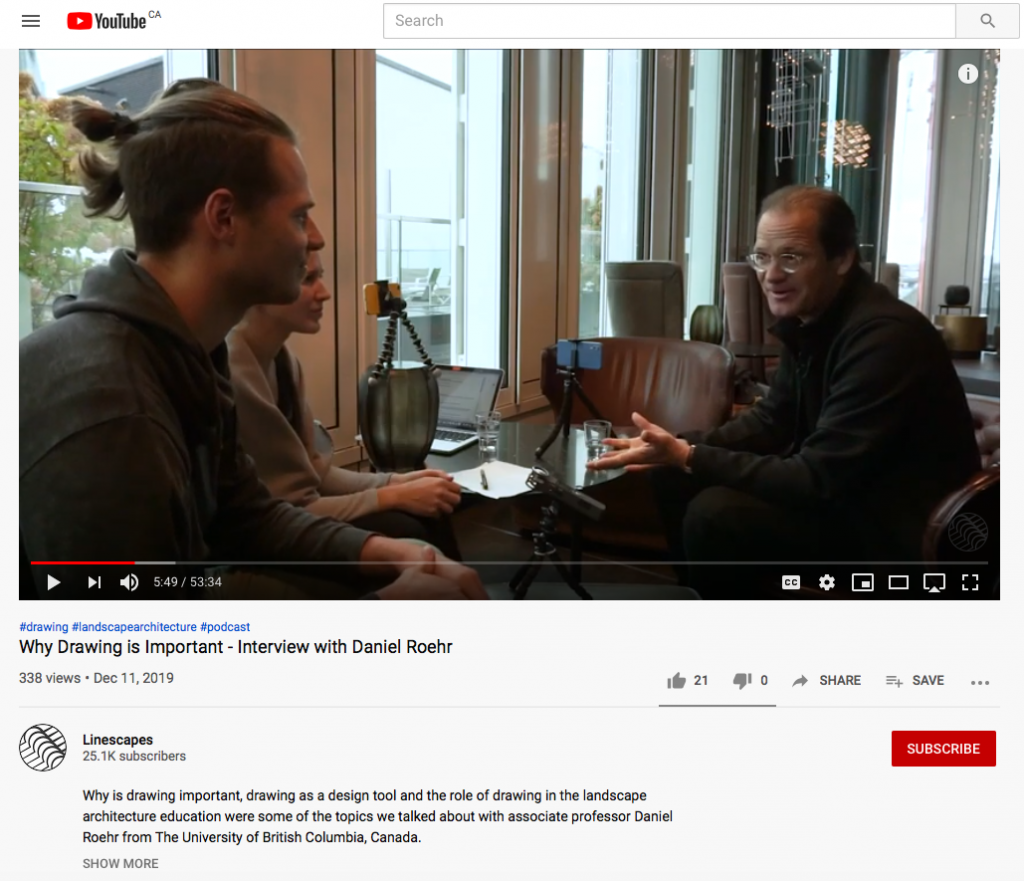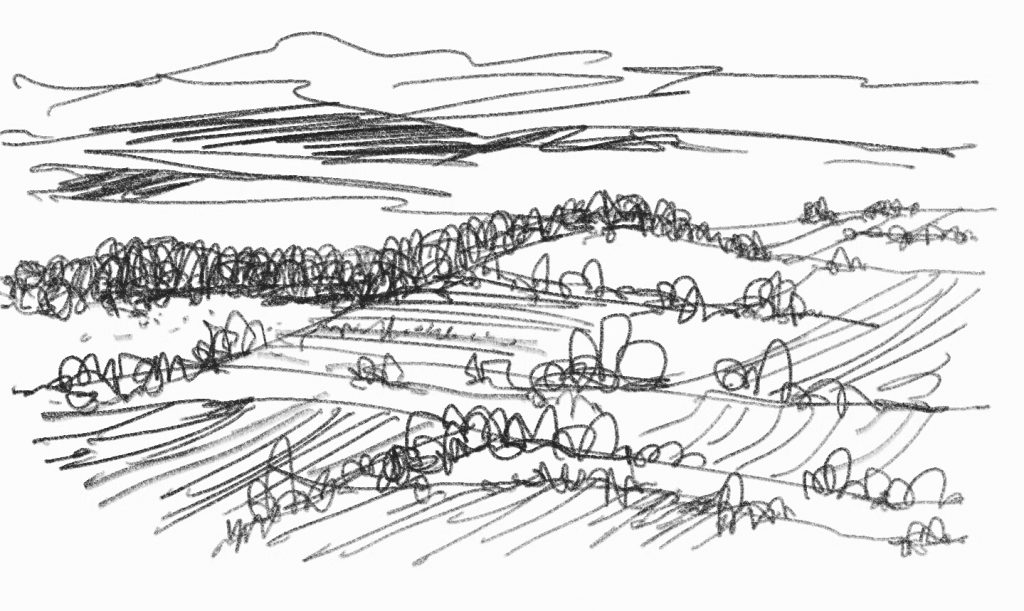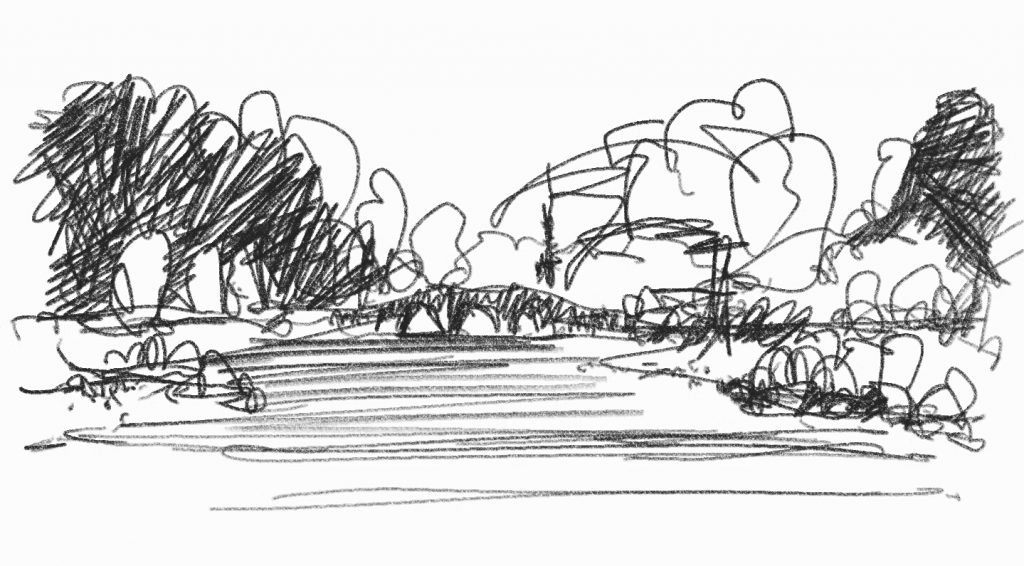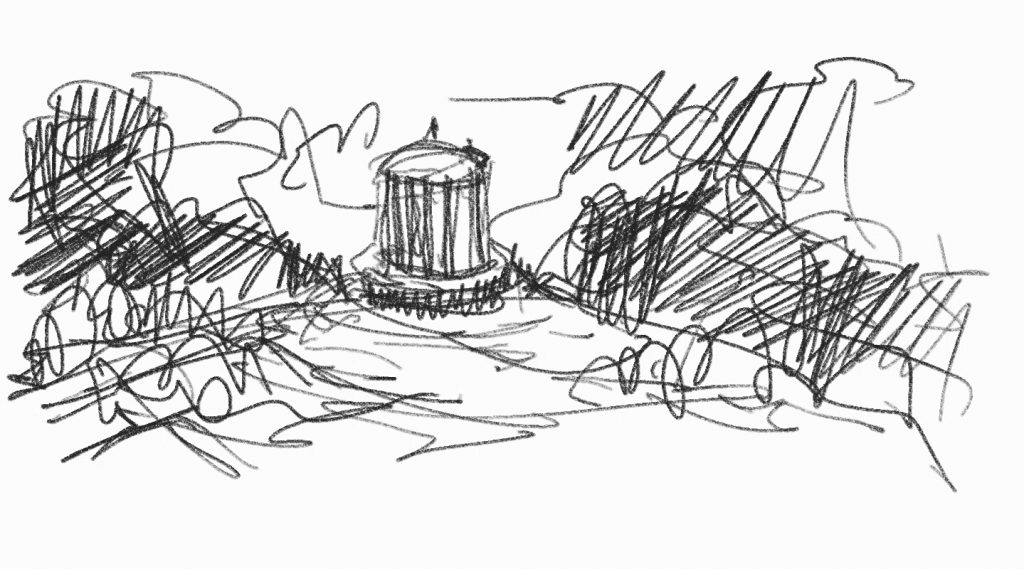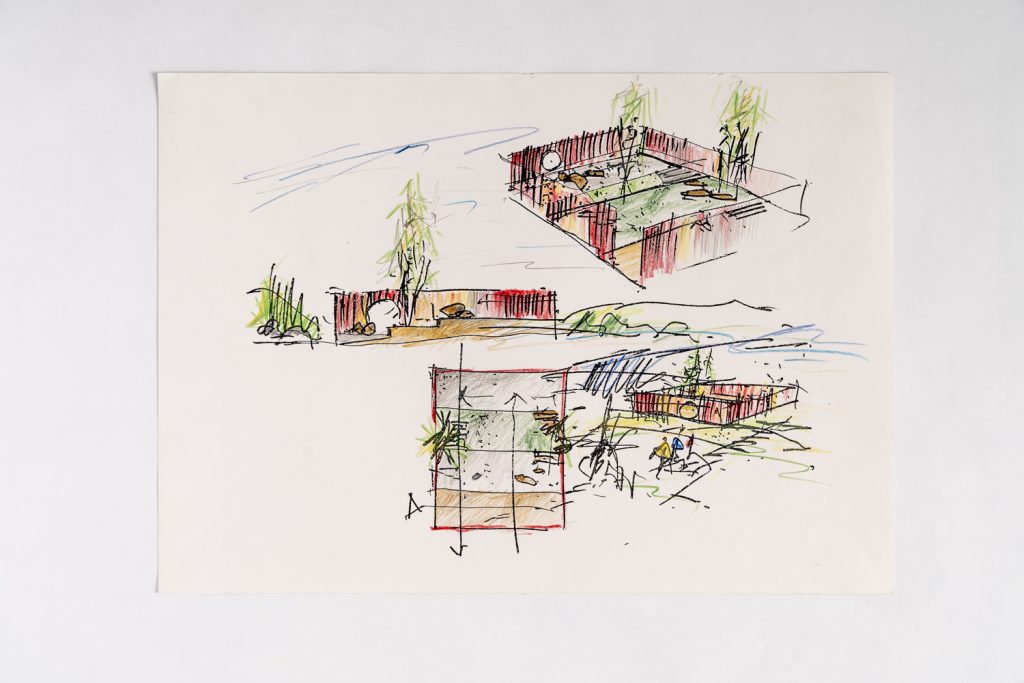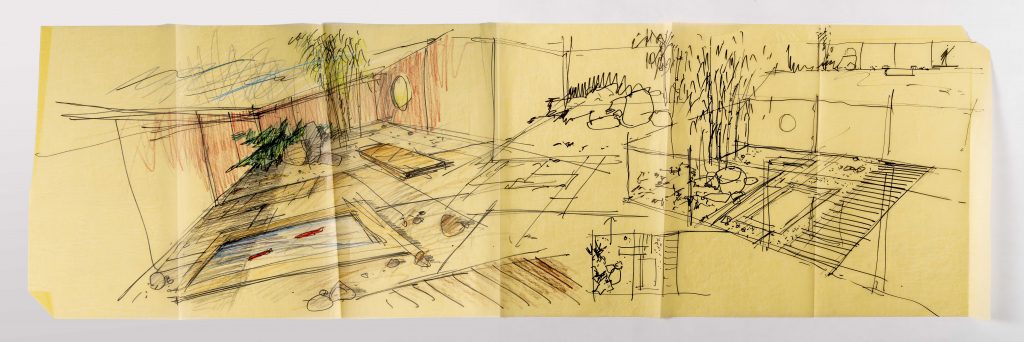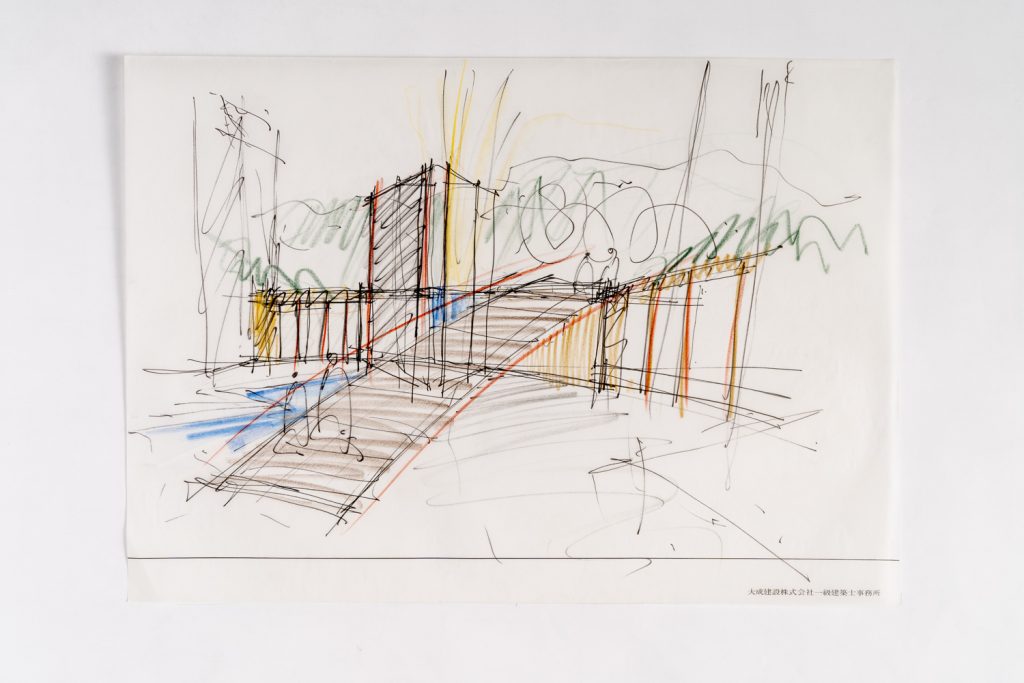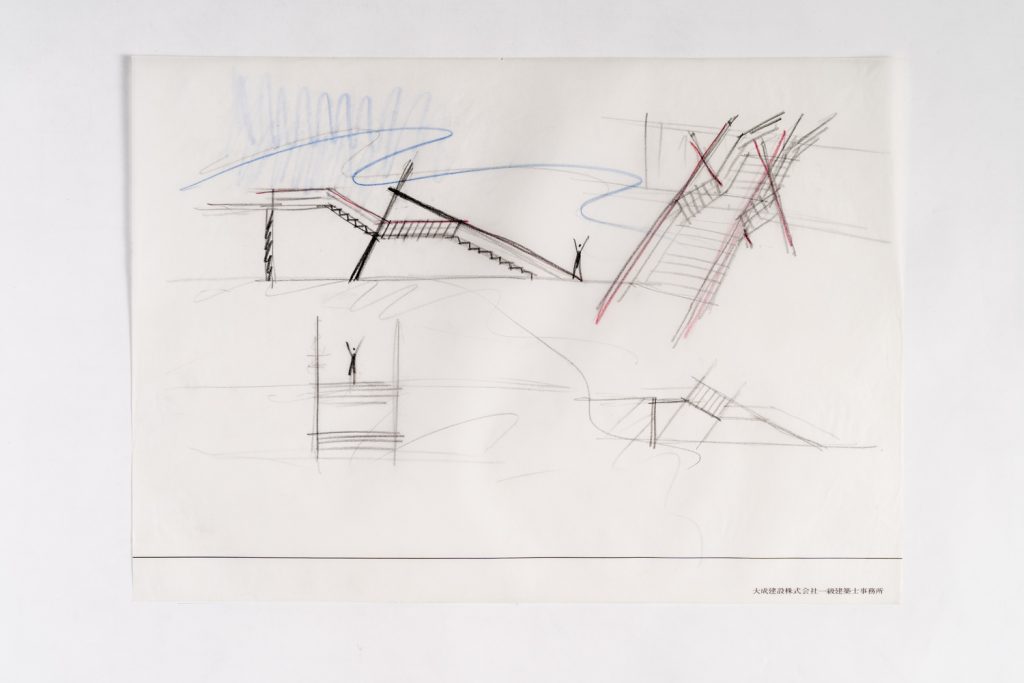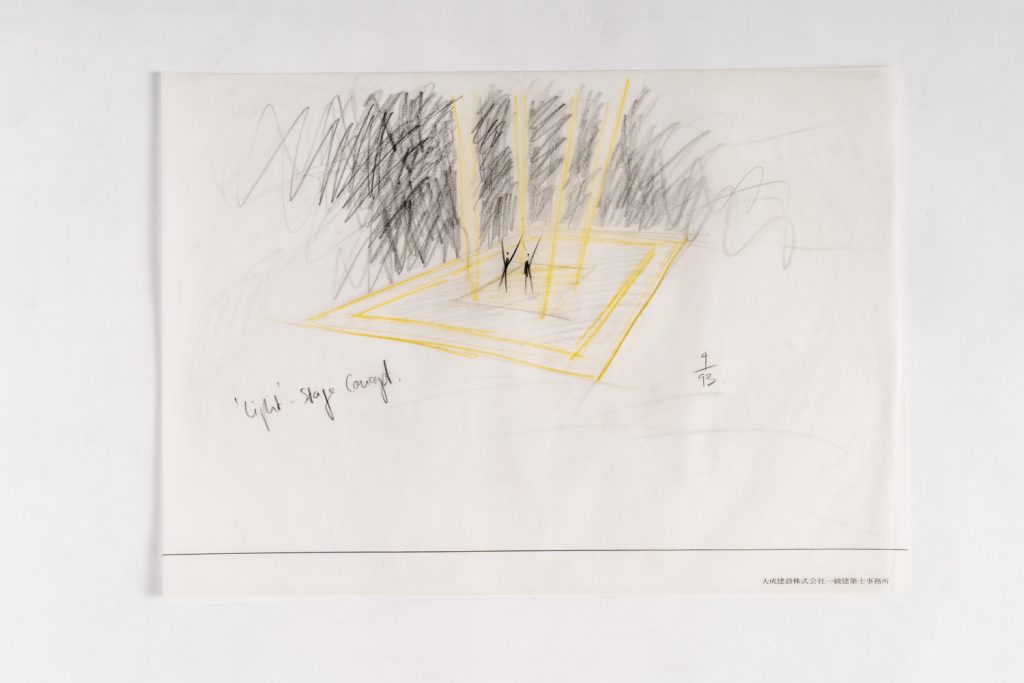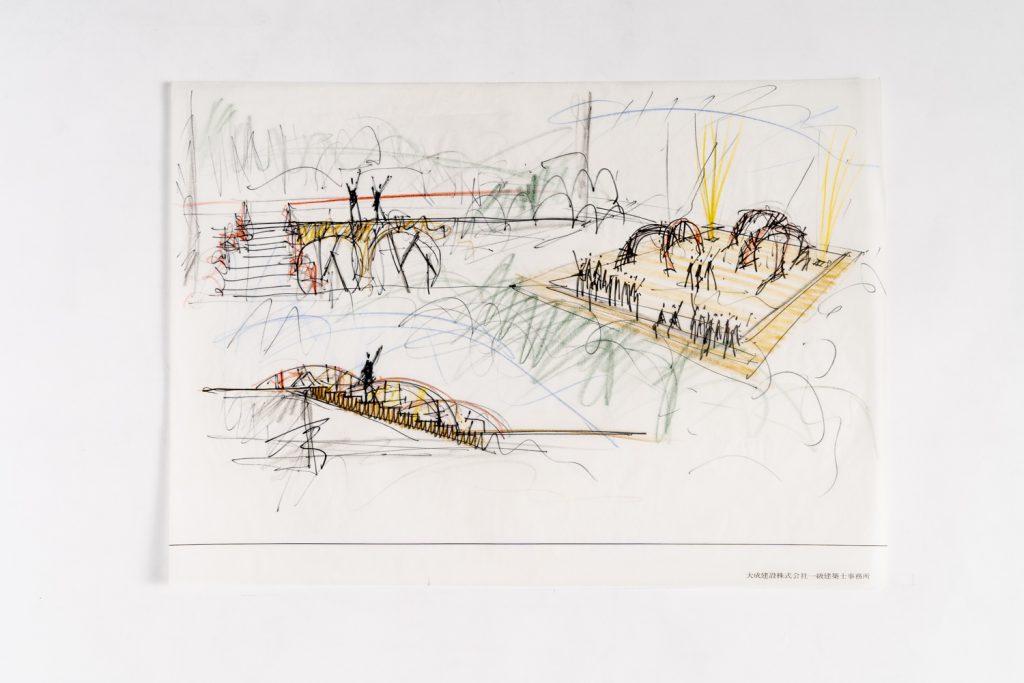Eye-level and aerial perspectives are useful tools to develop and check spatial experience. The aerial perceptive is used to develop and visualize the spatial program while the eye-level perspective is useful to design the experience in the space. Materiality, colours, textures and human scale, for example, in relation to context can be explored. Aerial perspectives are not useful to explore human scale, as its more a bird’s experience, then a human one. They are however, useful to show the design in its surrounding context. Eye-level views on the other hand are a more realistic tool to design the spatial experience. It is also useful to show the whole design process in sequence in the concept phase as it will help developing and editing ideas and explain the design process to a client.
